If you use LinkedIn regularly, you’re probably familiar with LinkedIn Ads. LinkedIn Sponsored Messages allow you to directly contact potential customers through one of the most professional platforms.
For brands, it’s a great way to generate interaction, leads, and conversions. In this article, we’ll explain all the secrets to reaching your target via messaging.
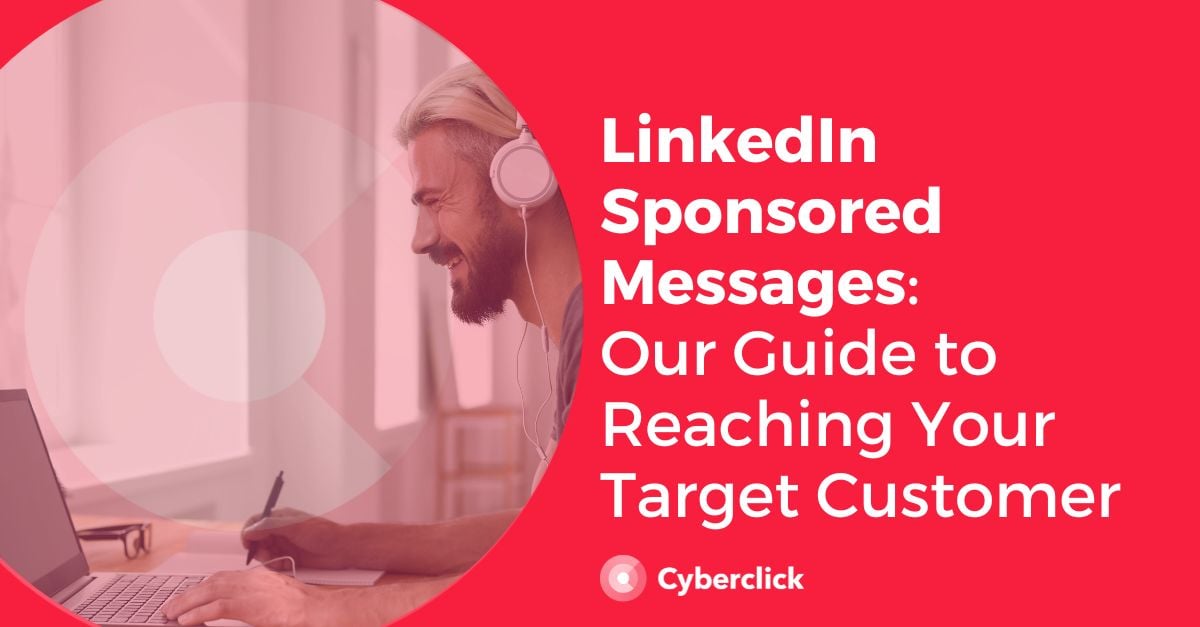
What Is LinkedIn Sponsored Messaging?
LinkedIn Sponsored Messaging is a type of LinkedIn ad that is delivered directly to users' inboxes in the form of direct messages. They come in two formats: message ads and conversation ads.
Message Ads
LinkedIn Ads message ads focus on sending direct messages to prospects to get them to take a specific action. They are delivered only when a recipient is active on LinkedIn and include a segmented message with a single call-to-action button.
According to LinkedIn, this format generates more interactions and responses than traditional email marketing and has an open rate of 50%.
To launch a message ad campaign on LinkedIn Ads, follow these steps:
- Choose the target that best suits your needs. They are divided into three broad categories: awareness, consideration, and conversion.
- Select the sender and write the subject line and message. It’s advisable to start by clearly explaining who you are and what the objective of your message is, as this facilitates interaction. Use customizable fields (such as first and last name) to adapt the message to each user and try not to exceed 500 characters.
- Measure and optimize results. You can check your campaign data directly from the Campaign Manager.
Conversation Ads
LinkedIn’s conversation ads aim to start quality conversations with a customizable experience. You can share different offers and types of content in a single message to pique the interest of your prospects. For example, you can send them to different landing pages or to a lead generation form. LinkedIn has several customizable templates to help you compose these messages.
To launch a conversation ad campaign, follow these steps:
- Choose the campaign objective according to your needs (as you saw in the previous section).
- Start the conversation according to your objective. For example, if you want to increase brand awareness, you can tell a success story or offer a product demo. On the other hand, if you are looking to increase leads, you can invite the recipient to an event or a webinar, or encourage them to fill out a form in exchange for downloading a piece of content.
- View performance information in the Campaign Manager and use it to optimize your ads and targeting.
5 Best Practices for LinkedIn Conversation Ads
1. Define Your Buying Process
LinkedIn Sponsored Messaging is very effective because it allows you to reach the right people at the right time with the right message. In order to put this into practice, the first thing you need to know is the stages of your buying process.
Once you have defined the different stages of your buyer journey, think about at what moments you want to contact your potential customers and what they need from you in each of them. Keep in mind that in the first stages of the process they will not usually be ready to receive specific information about your solution, but you can go deeper as they progress along the path to conversion.
2. Organize Your Content and Resources
Once you are clear on the stages your customers go through and how you want to use Sponsored Messaging at each stage, you will need to audit your existing content to see which ones fit.
If your goal is to improve brand awareness, LinkedIn Ads recommends reaching your audience with blog articles, webinars, or industry trends and analysis. On the other hand, if you have already advanced in the buyer journey and are looking for leads or conversions, you can try demos or tutorials of your products, customer success stories, or events.
Some additional recommendations from LinkedIn to get more out of your content:
- If you have PDF files or other downloadable content, use lead generation forms to generate leads directly from LinkedIn.
- If you include a link to YouTube in your Sponsored Messaging ad, the video will play automatically.
- Adding images to the ad will help you increase interaction.
3. Plan the Conversation
One of the biggest advantages of LinkedIn Sponsored Messaging is that you can interact with your potential customers and have a conversation. So before launching your campaign, it’s very important to be clear about what you are going to tell them.
To prepare, think about the recipient's possible questions and the resources you have available to answer them. For example, if you are promoting an event, it’s very likely that they will ask you when it is, who the speakers are, or how much it costs. Therefore, you should be prepared with a website or a downloadable with all the information about the event and perhaps a discount code.
You can also consider whether you want the conversation to move on to other topics related to your brand. In that case, you can offer users several options to choose from within the message itself. LinkedIn Ads' conversational ad templates will help you set up the conversation.
4. Create Customer-Centric Messages
According to a Forrester report, 88% of B2B marketers say their home pages primarily talk about their companies, products, and services. But for content to deliver real value, it has to focus on your target audience. And the same goes for LinkedIn Ads.
To make your messages resonate, take note of these recommendations:
- Focus on your target audience's difficulties and present them with solutions instead of talking about your product's features.
- Don't focus solely on rational arguments. Use emotions to empathize with the target's problems, surprise them, and reassure them.
- Talk colloquially without losing professionalism.
- Ask questions to get to know your customers’ needs better.
5. Analyze Your Campaign Data to Optimize Your Campaigns
LinkedIn Sponsored Messaging gives you plenty of data about your leads. Use the Campaign Manager to view data about your ads’ performance. For example, you can see how many people click on your content and on each of your offers or what their level of interaction is. All of this will help you figure out which content and messages work best.
3 LinkedIn Sponsored Messaging Ads Success Stories
1. J.P. Morgan
J.P. Morgan is a multinational financial services company with clients in more than 100 countries. Its goal was to interact with business leaders and founders from around the world to talk about the value of entrepreneurship.
To do this, they created a campaign of conversational ads focused on customer and community partner success stories that showcased J. P. Morgan's support for innovators. Their ads ended with a call to action such as "Watch the video" or "Subscribe to our newsletter" and generated a high click-through rate.
2. Episerver
Episerver is a digital commerce and marketing company that helps businesses create unique digital experiences. Their goal was to raise awareness and promote their largest customer event, Episerver Ascend, in the Swedish market.
The conversational ad campaign offered two paths to recipients, one focused on the development and the other on business. In each, potential customers could view event agendas or read a blog post explaining the reasons for attending. This way, users could choose the information they were really interested in.
The results were very positive since they managed to increase interaction with their audience while reducing the CPC by half.
3. Coupa
Coupa is a unified cloud-based expense management platform that connects businesses with millions of suppliers globally. Their goal was to generate webinar registrations.
In their conversational ad campaign, they invited recipients to watch a recording of a recent webinar in which their account director discussed 5 strategies for managing the key financial challenges of 2020. The director himself, Tony, was in charge of inviting recipients to the message, giving it a more personal touch.
Those interested could access the webinar immediately by submitting a lead generation form. Those who were not interested in the webinar received interesting information about the industry, so they also had a relevant interaction with the brand.
CEO y cofundador de Cyberclick. Cuenta con más de 25 años de experiencia en el mundo online. Es ingeniero y cursó un programa de Entrepreneurship en MIT, Massachusetts Institute of Technology. En 2012 fue nombrado uno de los 20 emprendedores más influyentes en España, menores de 40 años, según la Global Entrepreneurship Week 2012 e IESE. Autor de "La empresa más feliz del mundo" y "Diario de un Millennial".
CEO and co-founder of Cyberclick. David Tomas has more than 25 years of experience in the online world. He is an engineer and completed an Entrepreneurship program at MIT, Massachusetts Institute of Technology. In 2012 he was named one of the 20 most influential entrepreneurs in Spain, under the age of 40, according to Global Entrepreneurship Week 2012 and IESE. Author of "The Happiest Company in the World" and "Diary of a Millennial".

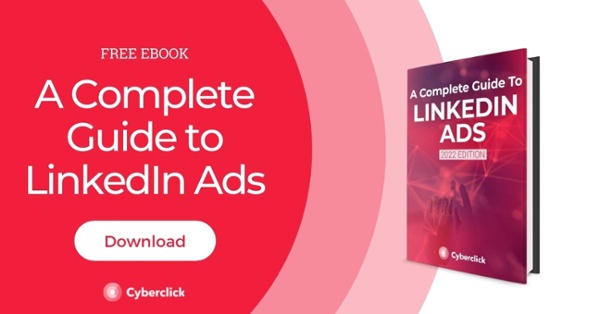

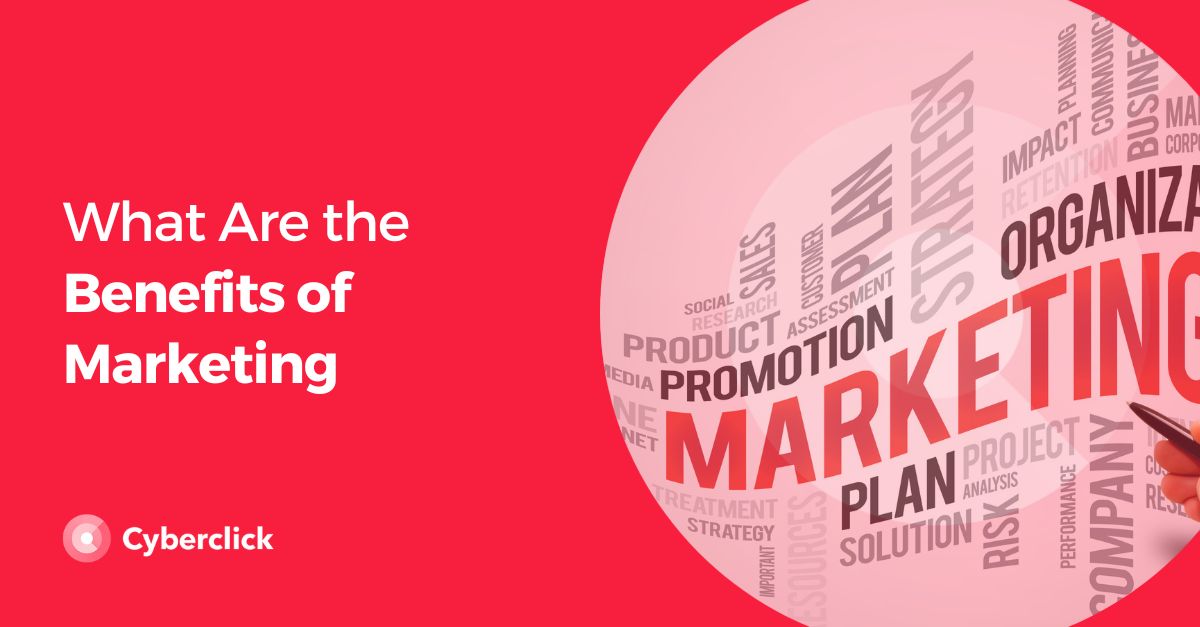
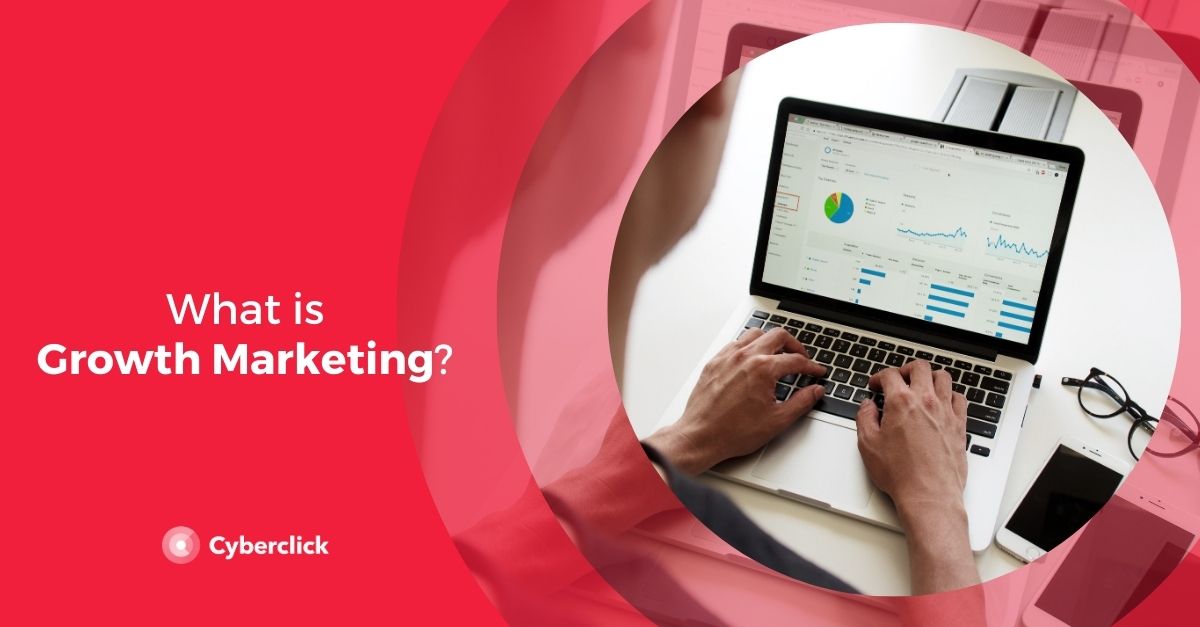
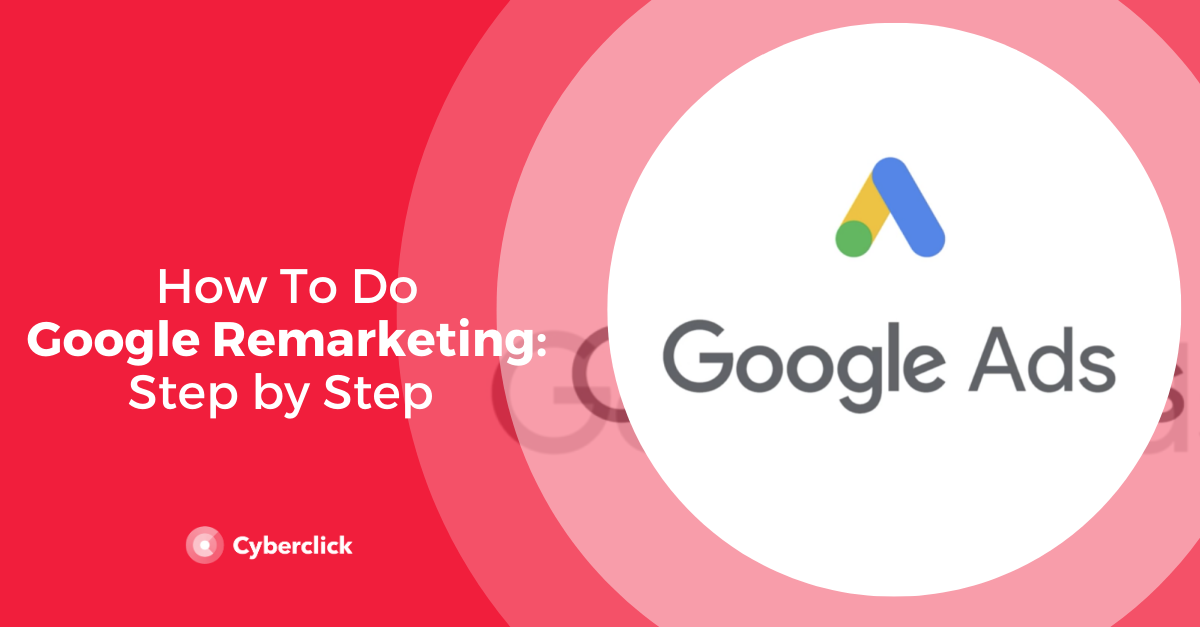
Leave your comment and join the conversation